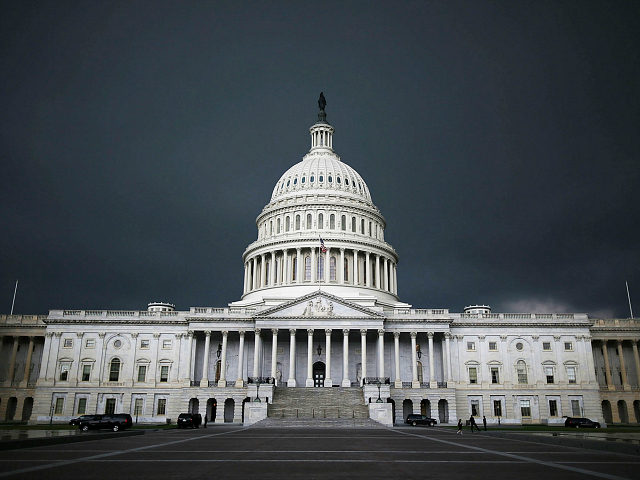The Democrats’ $1.9 trillion coronavirus bill would recreate the 1970s-era welfare system by offering $120 billion in cash payments to parents who do not even try to work, say senators and critics.
Versions of the welfare-for-every-parent plan are being pushed by nearly all Democrats and by Sen. Mitt Romney (R-UT), prompting Sen. Marco Rubio (R-FL) to object:
The “Democrats plan is just repackaged welfare,” Rubio tweeted on February 26. “What I have been proposing for years (and partially achieved in 2017) actually allows low income parents to receive even more money than the Biden plan by keeping more of the money they earn from work.”
The bill is being debated this week in the Senate, and Democrats hope to pass it for a presidential signature by March 14.
The bill is being pushed via the “reconciliation” procedure, so it can pass the Senate with just 50 votes. But two parties each have 50 votes, so individual senators may have the power in the tied Senate to remove or reform unwanted parts of the massive spending package.
The $120 billion plan is funded for just one year — but few observers believe Congress will cut off the checks in the midterm election year of 2022.
“President Biden’s welfare plan would greatly increase cash grants while eliminating all existing work obligations in the current child credit program,” says Robert Rector, the poverty expert at the D.C.-based Heritage Foundation. “It abandons the link between work and welfare established by welfare reform in the 1990s and re-establishes the principle of unconditional entitlement to taxpayer-funded benefits,” he added.
Poor Americans need aid, but the no-strings award promise of cash to non-working parents “goes too far,” says Oren Cass, founder of the pro-family American Compass think tank. In a March 2 op-ed for the New York Times, he wrote:
a [anti-poverty] program should ask recipients to do their part in supporting themselves….
[Our alternative] plan mirrors Mr. Romney’s, but caps a family’s annual benefit at their earnings from the prior year. In the example above, the family would need to have earned at least $7,200 in 2020 to receive the benefit’s full value in 2021. One part-time job at the current minimum wage would be more than sufficient. The test is, essentially, “Did someone in your household work last year?” If so, you are “paid in” to receive the supplement.
The 1970s welfare-for-nothing program encouraged millions of poor parents to avoid work, says author Mickey Kaus in a February 26 article for Newsweek.
The resulting public opposition to the program, dubbed “Aid to Families with Dependent Children” (AFDC), was recognized by Democrat presidential candidate Bill Clinton, who won his 1992 election with a promise to “end welfare as we know it.”
Kaus continued:
In 1996, a combined [House Speaker Newt] Gingrich/Clinton effort killed off AFDC, replacing it with a new program run by the states, with federal rules requiring work and a porous 5-year limit on aid. [Democrat] Senator Patrick Moynihan of New York anticipated “children, sleeping on grates, picked up in the morning frozen.” That’s not what happened. Helped by the strong pre-2000 Clinton economy, single moms went to work in unprecedented numbers. The welfare caseload fell by half. The poverty rate kept dropping, including for children. Not everything worked: the effect on out-of-wedlock births seemed to fade quickly. States, the alleged “laboratories of democracy,” didn’t do much creative experimentation at all. (Federalism, schmederalism.) But by 2006, the number of” “underclass” areas had sharply declined. The now-working moms to a large degree stuck with it, through the ups and downs of the 2000-2016 economy, By 2019, child poverty was at record lows, for all races.

COMMENTS
Please let us know if you're having issues with commenting.